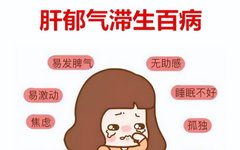Friends familiar with Traditional Chinese Medicine (TCM) know that in the “Shang Han Lun” (Treatise on Cold Damage), there are two formulas with the name “Si Ni” – Si Ni San and Si Ni Tang.
They differ by just one character, and both treat symptoms primarily characterized by coldness in the extremities. However, they address two different directions, and the corresponding syndromes and pathogenesis are entirely different. Si Ni Tang revives the yang and rescues from reversal, containing Fu Zi (Aconite), Zhi Gan Cao (Honey-fried Licorice), and Gan Jiang (Dried Ginger), suitable for yang deficiency, where it is truly cold, almost freezing the water. Si Ni Tang is used in such cases.
Si Ni San, on the other hand, is suitable for liver qi stagnation and spleen deficiency, which causes coldness in the extremities. The reason is that the yang qi is trapped; Si Ni San treats false cold due to true heat. Something is holding the yang qi back, preventing it from reaching the extremities.
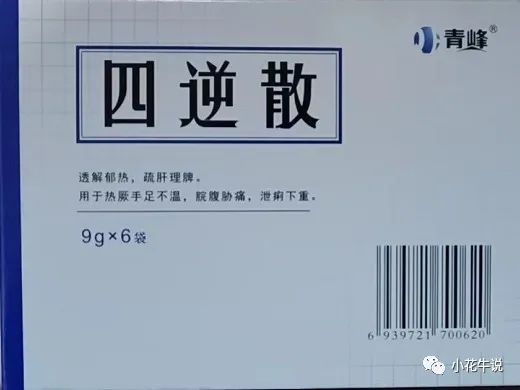
When it comes to Si Ni San, many may not be familiar with it, but names like Chai Hu Shu Gan San (Bupleurum Powder to Spread the Liver) or Xiao Yao Wan (Free and Easy Wanderer Pill) are well-known formulas for soothing the liver and relieving depression. In fact, Si Ni San is the ancestor of such formulas. Many liver-soothing formulas have evolved from Si Ni San.
Huang Yuan Yu stated, “All diseases are due to ‘liver’ stagnation,” and Si Ni San is the ancestral formula for ‘stagnation’ syndromes.
Si Ni San first appears in the “Shang Han Lun” in the section on diagnosing Shaoyin disease, specifically in the 318th passage: “In Shaoyin disease, if the person has cold extremities, cough, palpitations, difficulty urinating, abdominal pain, or severe diarrhea, Si Ni San is the main treatment.”
Composition: Zhi Gan Cao (Honey-fried Licorice), Zhi Shi (Bitter Orange), Chai Hu (Bupleurum), and Bai Shao (White Peony) each in equal parts. Grind and sift these four ingredients, and take a spoonful with warm water three times a day.
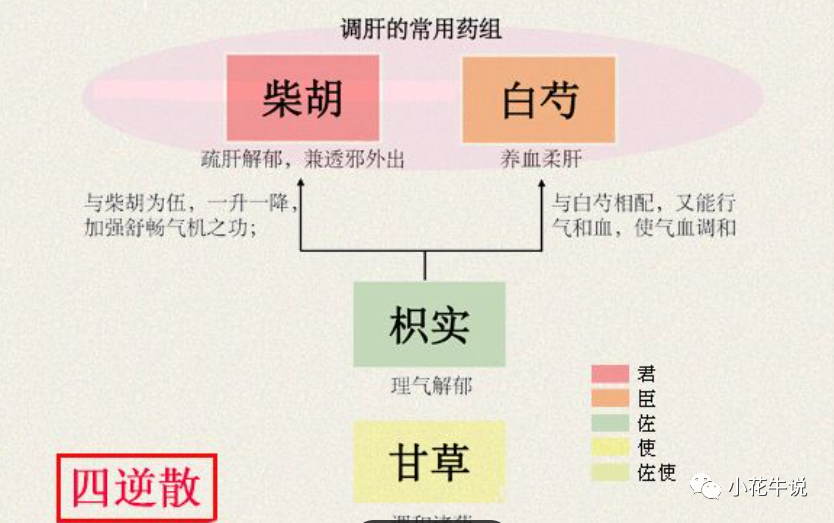
Si Ni San consists of four herbs: Chai Hu (Bupleurum), Zhi Shi (Bitter Orange), Bai Shao (White Peony), and Zhi Gan Cao (Honey-fried Licorice). Although there are only four ingredients, they address qi and blood, exterior and interior, yin and yang:
Regarding Qi:
Zhi Shi breaks stagnation and descends qi, Chai Hu disperses and raises qi, Bai Shao restrains misplaced qi, and Zhi Gan Cao harmonizes and regulates the qi.
Regarding Blood:
Chai Hu promotes qi and moves blood, Zhi Shi breaks blood stasis, Bai Shao nourishes and moves blood, and Zhi Gan Cao tonifies and nourishes new blood.
Regarding Exterior and Interior:
Chai Hu opens the exterior, Zhi Shi descends and purges the interior, Bai Shao unblocks the meridians, and Zhi Gan Cao harmonizes and regulates the organs.
Regarding Yin and Yang:
Chai Hu and Zhi Gan Cao promote yang, while Zhi Shi and Bai Shao support yin. The balance of rising and descending allows for unobstructed qi flow throughout the body.
The combination of these four herbs promotes the liver wood, regulates spleen stagnation, harmonizes the pivot, and smooths the pathways, thereby promoting yang qi. The formula’s exquisite composition subtly aligns with the principle of “rising and descending,” where Chai Hu is responsible for rising, Zhi Shi for descending, Bai Shao for restraining, and Zhi Gan Cao for dispersing, working together to regulate the pivot and treat various “qi stagnation” disorders.
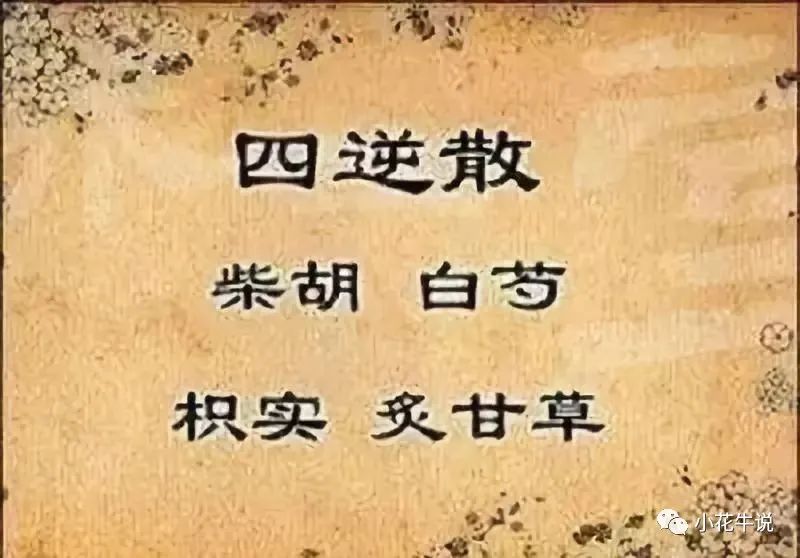
“Si Ni” refers to coldness in the hands and feet, indicating cold extremities. The pathogenesis is due to qi stagnation, where the yang qi cannot reach the extremities. The yang qi itself is not deficient; it is obstructed by special circumstances.
“The liver is the general’s organ,” and “the liver governs the smooth flow of qi.” If the liver’s function is obstructed, it can lead to liver qi stagnation. For example, feeling unhappy, getting into arguments, or fixating on problems can all cause liver qi stagnation.Long-term unhappiness can lead to liver qi stagnation. The liver functions like a highway, facilitating smooth traffic. When it is obstructed, it leads to traffic accidents, causing stagnation! TCM states that the formation of disease has three stages: “shen” (spirit), “qi” (energy), and “xing” (form). Initially, feeling unhappy affects the “shen,” leading to a lack of mental clarity. After a while, if one feels better, they may recover. However, prolonged unhappiness leads to changes in the “qi” state, causing stagnation and blockage. When qi is stagnant, blood also stagnates, resulting in various symptoms of “qi stagnation.” At this point, the disease is in the “qi,” which is yang and invisible; although symptoms are present, Western medical tests may not show abnormalities. Some people might say, “I’m so angry that I can’t help but feel agitated,” which is a sign of qi stagnation. Why does this happen? Because the qi is not flowing downwards; anger causes it to rise, leading to agitation.
As “qi stagnation” worsens, prolonged blood stasis can lead to organic changes, which is what TCM refers to as “xing” changes. At this point, Western medicine can detect these changes, but chronic diseases are harder to treat than acute ones.
Si Ni San treats the abnormalities of “qi” that lead to disease. Liver qi stagnation and spleen deficiency prevent yang qi from reaching the extremities, resulting in coldness throughout the body, especially in the lower back and abdomen. The yang qi is trapped.
Some indications for Si Ni San in the “Shang Han Lun”:
Possible cough, characterized by a loss of yang qi in the chest, leading to cough and chest tightness, which may cause pain in the sides.
Possible palpitations, seen in cases of heart yang deficiency causing anxiety and palpitations. If qi and blood flow poorly, heart issues may arise. When the heart struggles to pump blood due to qi stagnation, symptoms will manifest, indicating that some heart diseases are related to qi.
Possible difficulty urinating, seen in bladder qi dysfunction leading to reduced urine output, frequent urination, or urgency.
Possible abdominal pain or severe diarrhea, seen in liver qi stagnation where liver wood invades the spleen, causing abdominal pain and diarrhea.
Possible difficulty urinating, abdominal pain, or severe diarrhea, all due to qi stagnation. Some people experience diarrhea when angry, while others may have stomach pain or urinary issues when upset. This involves the respiratory, cardiovascular, urinary, digestive, and gynecological systems.
It is evident that the range of diseases treated by Si Ni San is extensive. This formula primarily regulates the qi of the three burners, ensuring smooth qi flow, emotional balance, and harmonious qi and blood, resolving these symptoms effectively.
Si Ni San is available as a patent medicine, and you can purchase it directly. You can also have it prepared at a pharmacy, as the ingredients are simple and can be used in equal parts.
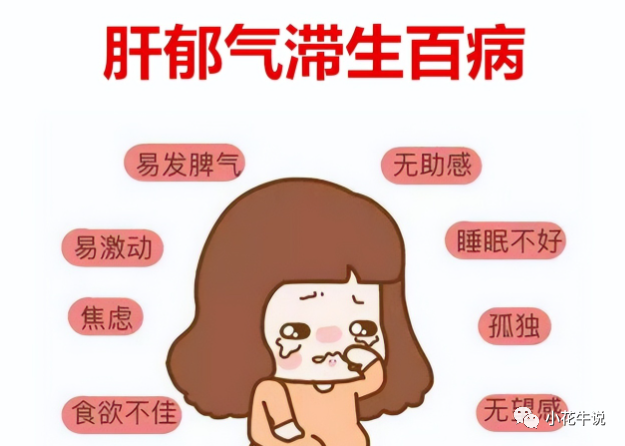
At this point, you may wonder what diseases it can treat.
Key diagnostic points: coldness in the extremities, alternating cold and heat, fullness and pain in the chest and sides, a feeling of pressure in the heart area, and a wiry pulse.
Those who use this formula typically have a liver qi stagnation constitution, often prone to anger. They usually have a medium or slender build, a blank expression, low mood, or a tendency to be narrow-minded and easily irritated, with a tendency to develop liver fire when stressed.
Clinical Applications:
1. Severe diarrhea with cold extremities, pale tongue with thin white coating, and wiry pulse.
2. Neurasthenia, characterized by symptoms in the chest and sides, with no signs of deficiency. (“Shang Han Lun Jin Shi”)
3. Cholecystitis, ascariasis, hepatitis, ulcer disease, gastritis, gastrointestinal neurosis, intestinal obstruction, dysentery, chronic mastitis, etc. (“Shang Han Lun Fang Gu Jin Lin Chuang”)
4. Male impotence, female reproductive dysfunction, with a wiry pulse and depressed mood. (“Shang Han Lun Tong Su Jiang Hua”)
5. Functional dyspepsia, chronic gastritis, erosive gastritis, atrophic gastritis, and gastric ulcers of the liver qi stagnation and spleen deficiency type.
6. Constipation, accompanied by abdominal distension and pain, cold hands, red tongue with thin yellow coating, and wiry rapid pulse. (“Shaanxi TCM” 1993;7:324)
7. Nocturnal enuresis, accompanied by depression and urgency, with a wiry and thin pulse. (“Fujian TCM” 1989;2:6)
8. Leg pain caused by anger, with a slightly red tongue, thin white coating, and wiry and slippery pulse. (“Shang Han Jie Huo Lun”)
9. Chronic hepatitis, cholecystitis, gallstones, and intercostal neuralgia.
10. Salpingitis, fallopian tube obstruction, acute mastitis, and breast hyperplasia.
11. Thyroid nodules.
All of these diseases can be treated, provided the symptoms match, assessing whether the qi is flowing smoothly, whether there is liver qi stagnation, and whether the mood is somewhat off, with a red tongue or a pointed tongue shape indicating liver qi stagnation and spleen deficiency.
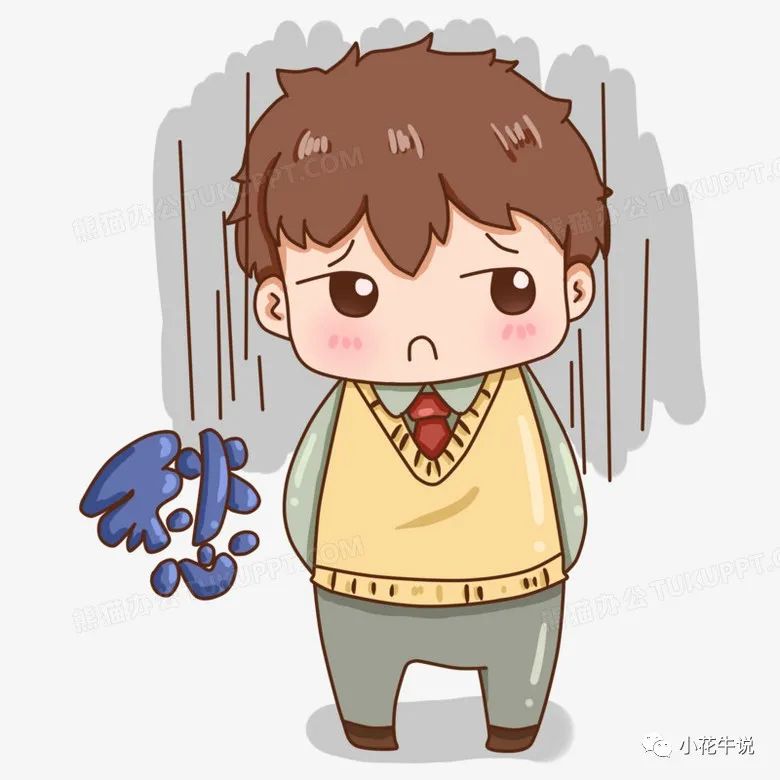
Some people think too much, leading to qi stagnation and a tendency to fixate on problems. Others may become easily anxious, resulting in severe coldness in the extremities. This brings to mind a vivid image: sighing, frowning, chest tightness, irritability, fixating on problems, feeling unwell, complaining, being sensitive to cold and heat, and having cold hands and feet. In our daily lives, we encounter many such individuals. If such a person experiences abdominal pain, cough, diarrhea, or issues like cholecystitis or salpingitis, Si Ni San may be a suitable option.
While Si Ni San can treat many diseases and is excellent for soothing the liver and relieving stagnation, the real solution often lies within ourselves! A young man once told me, “At 34, I always have liver fire and heart fire; what medicine should I take?” I replied, “First, you should change your mindset. Why, at 34, with a stable job, do you still have so much fire?” This fire is often a result of one’s way of thinking. The true remedy for the root cause is not medication but achieving a peaceful mindset.
Sharing this is not just theoretical; I also strive to balance my mindset. Who doesn’t have their issues? However, we should spend more time contemplating what we can control and try to think less about what we cannot change, as worrying is futile. Grounding ourselves, living earnestly, and cultivating inner peace is the key to addressing the root causes of our ailments.
For some issues that are truly beyond our control, we may need to take some medicine to help us through difficult times.

